4 front yard privacy ideas that will improve your curb appeal and won't make you feel fenced in
A good front yard is not only welcoming but also keeps the important parts of your home hidden from view. Here's how landscape designers do it
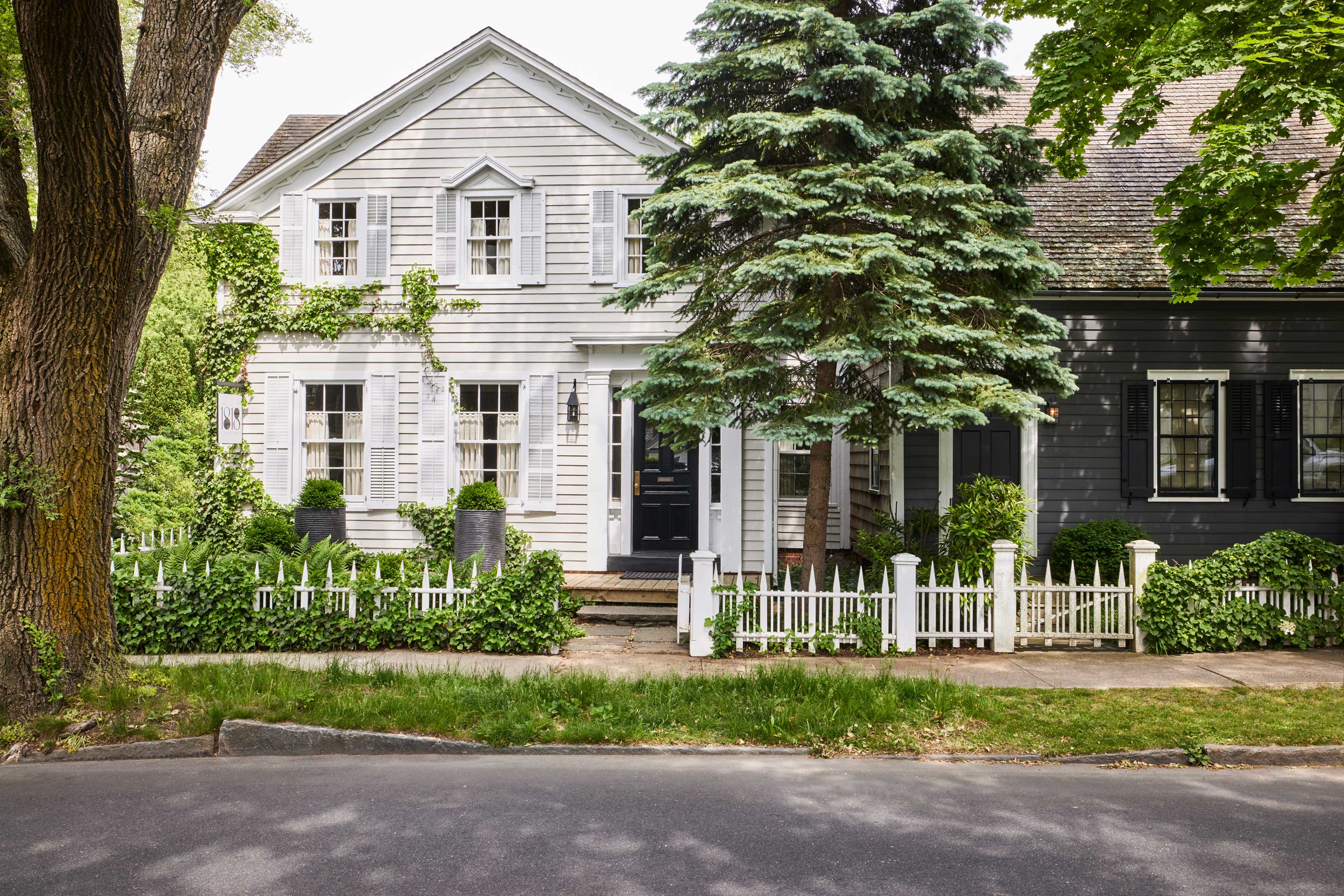

The idea of including planting and landscape architecture that provides your front yard with privacy is good... in theory. However, bad choices when it comes to this area of your home's landscaping can make you feel a little fenced in.
On the other hand, not including any at all means that you're bound to make eye contact with strangers on the street every time you have your curtains open. It's a tricky line to straddle.
However, when it comes to front yard landscaping ideas that give you the best of both worlds, designers have tricks of the trade that create curb appeal that says 'welcome home', while also offering a softer approach to screening. And in some instances, even create a front yard that you'd want to spend time in.
1. Create screening with layers of planting over hedges
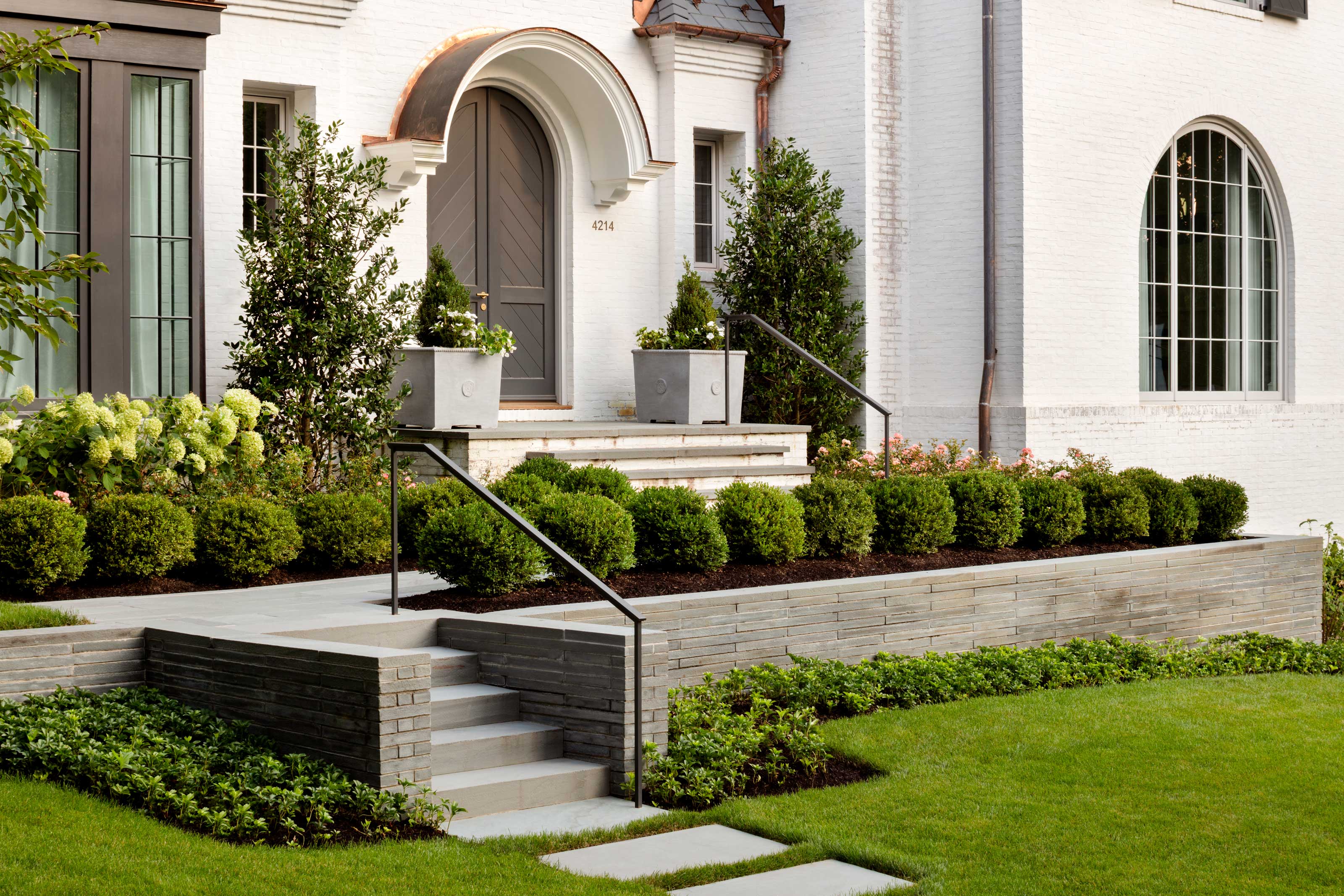
The best hedges for privacy are dense, created a solid, fence-like screen for your yard. However, that's not always what you want for a front yard. It can look imposing, while also meaning your views from the house are just of, well, hedge. Instead, consider your front yard planting in three dimensions, for all the benefits, and less of the drawbacks.
'Using multiple plants at varying heights can provide a provide the same thing as a solid hedge or a fence but is far more welcoming,' says Joseph Richardson, landscape architect and founder of Richardson & Associates Landscape Architecture.
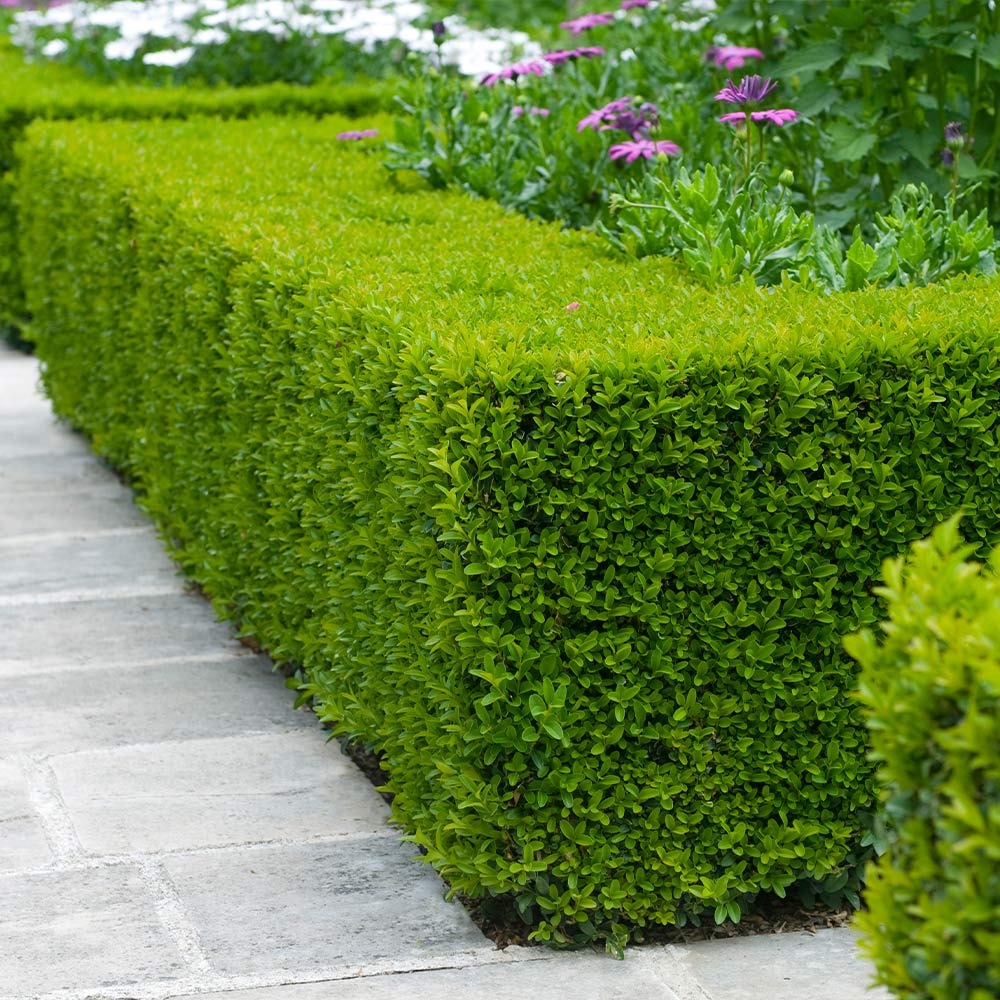
Buxus hedging is a classic element of a more formal front yard landscaping design, but keeping this element low will help you feel less boxed in. Complement with taller planting set back to enhance the sense of privacy.
2. Be clever with tree placement
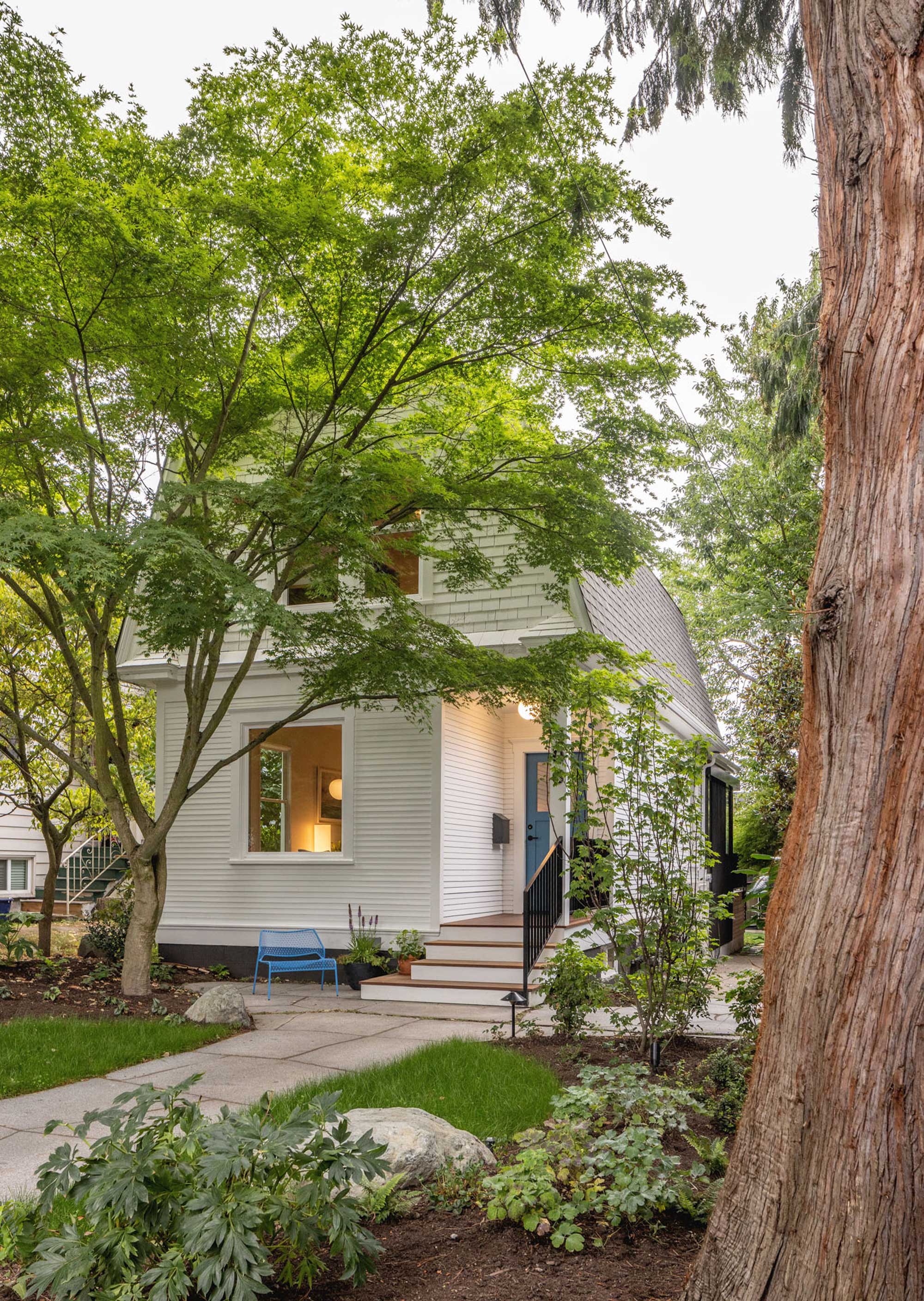
'Strategically placed feature trees add more visual interest and a sense of privacy,' suggests Toronto-based landscape designer Jennifer Hayman. However, the best trees for privacy in a front yard aren't necessarily the same as for the backyard, as you may want to consider less dense foliage that obscures, rather than fully screening, for a softer approach.
Consider the angles of your front yard when positioning a tree. A single tree can screen the spaces you're most concerned with privacy easily, and is also generally easier to maintain than a whole hedge.
You'll also want to consider your curb appeal, too. Trees with seasonal color, whether that's bright fall leaves or springtime blossoms, can be a great choice for your front yard.
3. Choose a softer approach to fencing
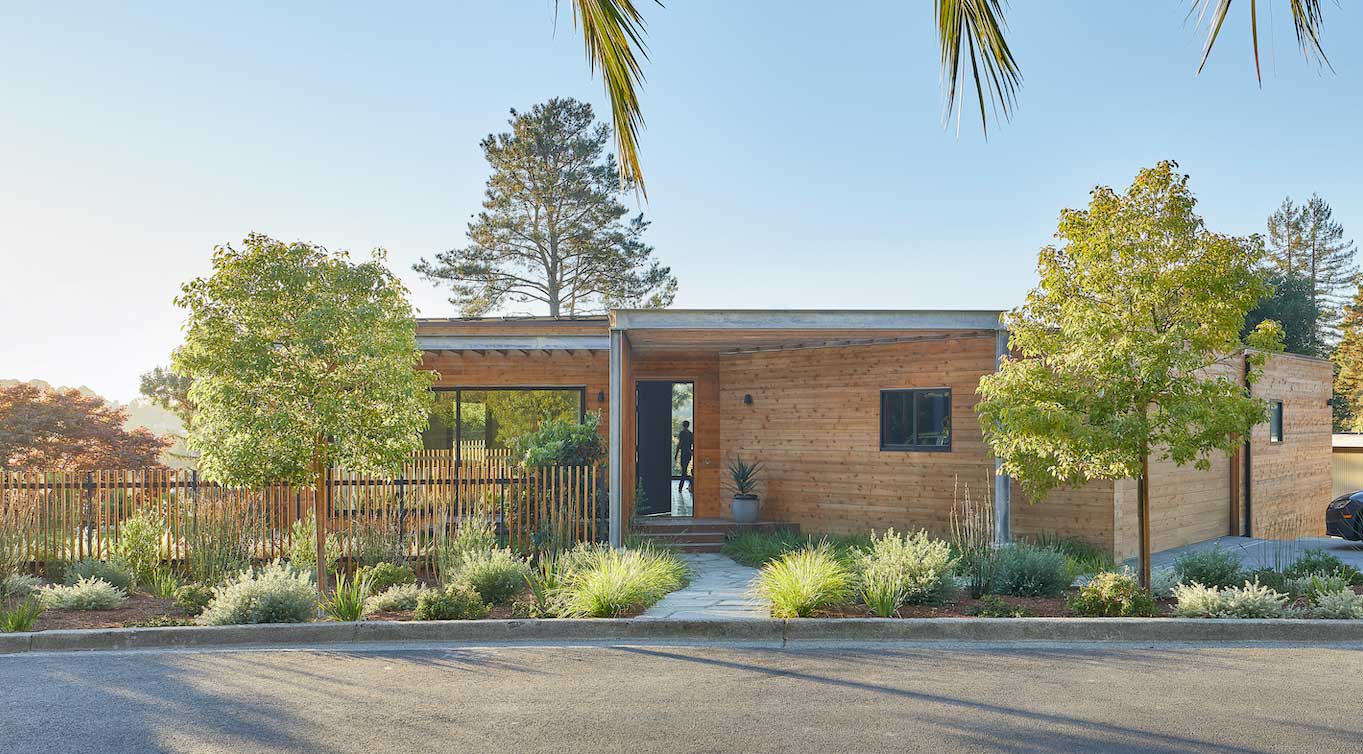
While privacy fences tend to be solid and tall, this can make your home feel more like a compound than a welcoming abode in the neighborhood when you apply these to your front yard, and that's even if local ordinances allow for them.
Fences that provide less screening may feel counteractive to your home's privacy, but they're ideal to provide not only a boundary to your home, but a visual break in the eyeline from the street to your home's more private spaces. You'll be surprised how much privacy they provide just by being there.
If you're looking for a design that hides a little more of your home away, consider combining a more lightweight fence with planting to create a more private space.
4. Or use low-slung walls
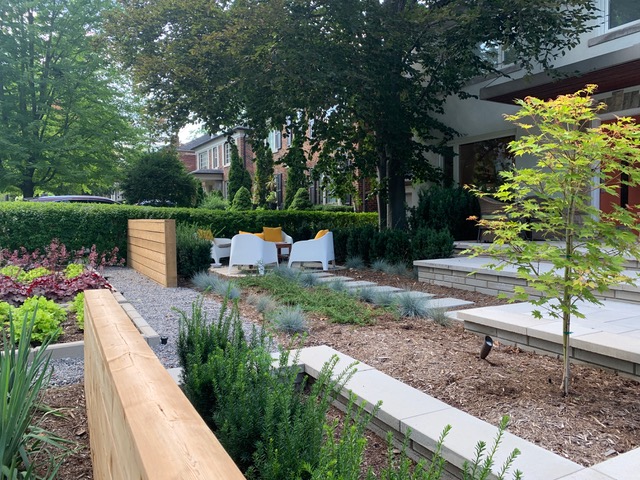
If you do want to use solid privacy screens in a front yard, keeping them low can help them feel less imposing in the landscaping of your space.
They can also help to hide areas of your front yard you might not want on display, including, in this example, a front yard seating area. 'Low feature wall can add a true barrier for small outdoor seating area,' says Jennifer, who designed this front yard space. 'These clients like their neighbors and like the sunshine in their front yards and wanted to capitalize on this opportunity.'
Be The First To Know
The Livingetc newsletters are your inside source for what’s shaping interiors now - and what’s next. Discover trend forecasts, smart style ideas, and curated shopping inspiration that brings design to life. Subscribe today and stay ahead of the curve.

Hugh is Livingetc.com’s editor. With 8 years in the interiors industry under his belt, he has the nose for what people want to know about re-decorating their homes. He prides himself as an expert trend forecaster, visiting design fairs, showrooms and keeping an eye out for emerging designers to hone his eye. He joined Livingetc back in 2022 as a content editor, as a long-time reader of the print magazine, before becoming its online editor. Hugh has previously spent time as an editor for a kitchen and bathroom magazine, and has written for “hands-on” home brands such as Homebuilding & Renovating and Grand Designs magazine, so his knowledge of what it takes to create a home goes beyond the surface, too. Though not a trained interior designer, Hugh has cut his design teeth by managing several major interior design projects to date, each for private clients. He's also a keen DIYer — he's done everything from laying his own patio and building an integrated cooker hood from scratch, to undertaking plenty of creative IKEA hacks to help achieve the luxurious look he loves in design, when his budget doesn't always stretch that far.
-
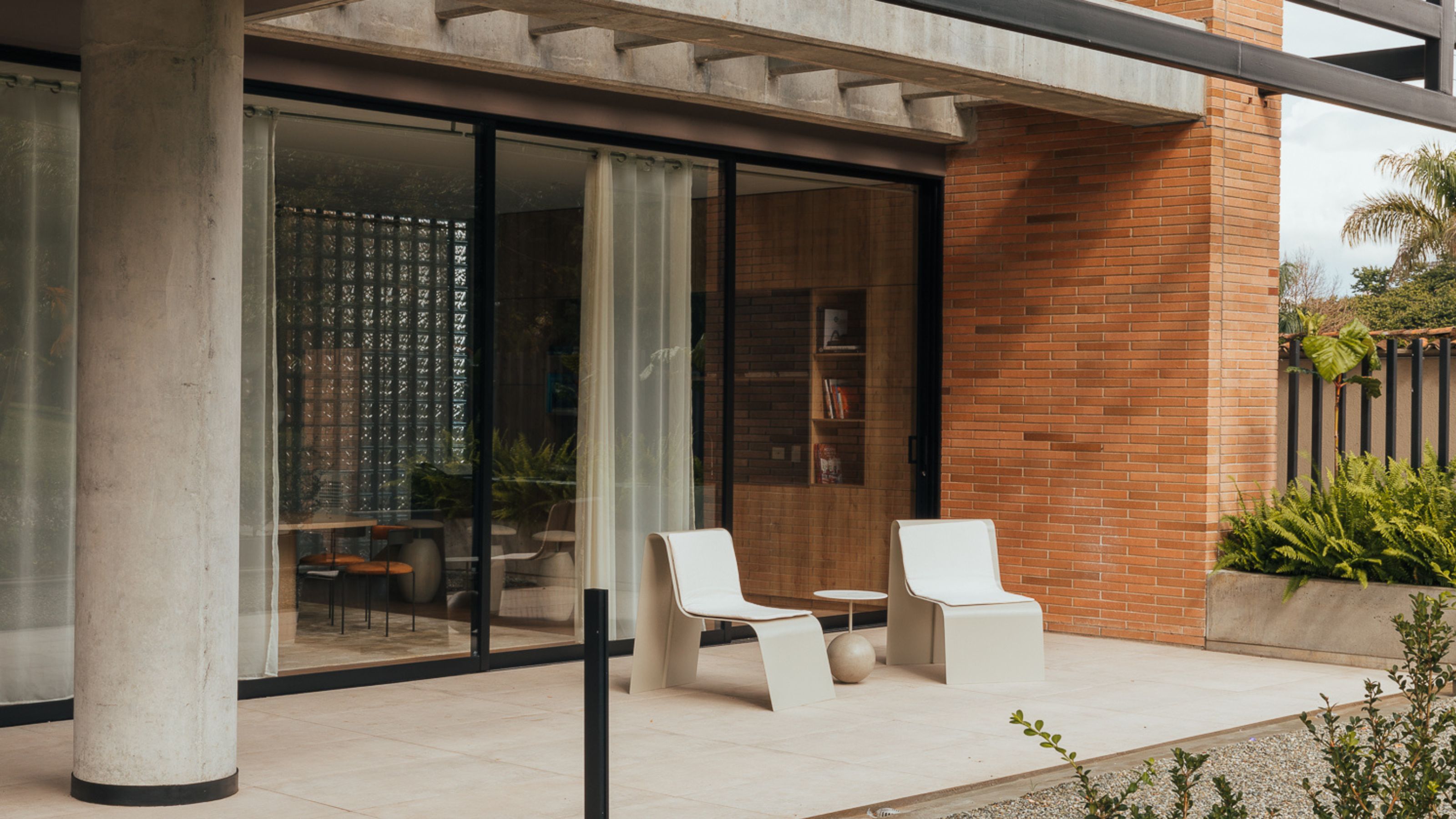 Small Patio Ideas — 8 Clever Ways to Style Up Even the Tiniest of Outdoor Spaces
Small Patio Ideas — 8 Clever Ways to Style Up Even the Tiniest of Outdoor SpacesIf you're dreaming of turning your small patio into a dream space the right combination of practical and creative ideas will help you max up its potential
By Sarah Wilson Published
-
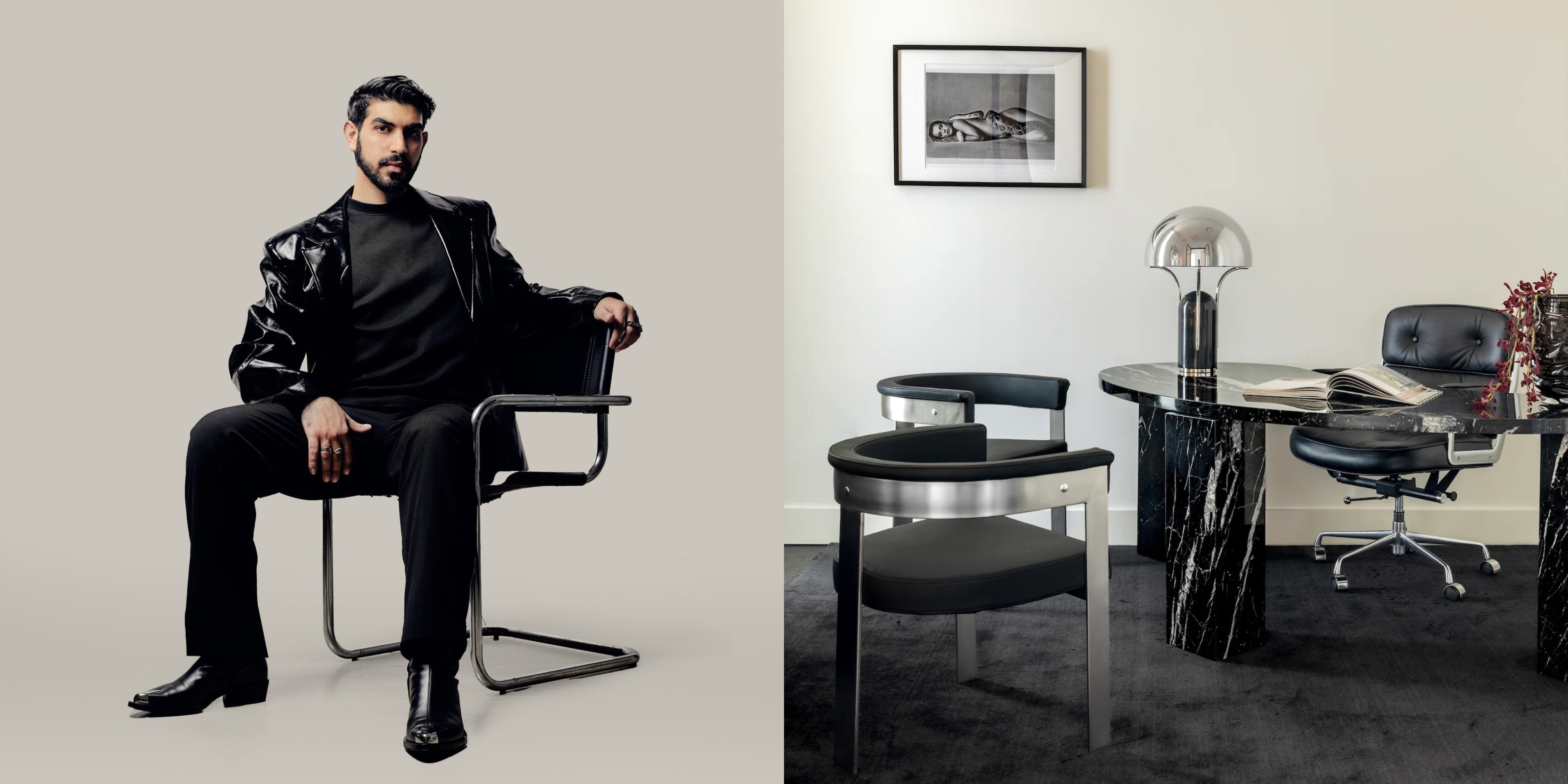 Hidden Trails — TikTok's Favorite Interior Designer, Bilal Rehman, on Houston, the City That Made Him
Hidden Trails — TikTok's Favorite Interior Designer, Bilal Rehman, on Houston, the City That Made HimThe Texan design phenomenon shares the places that inspire him most around his home
By Gilda Bruno Published